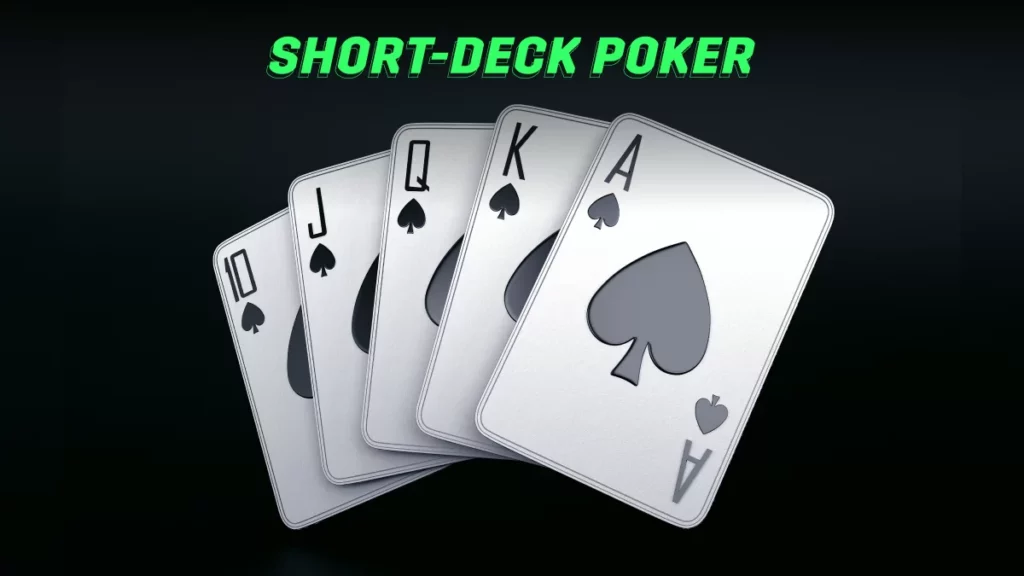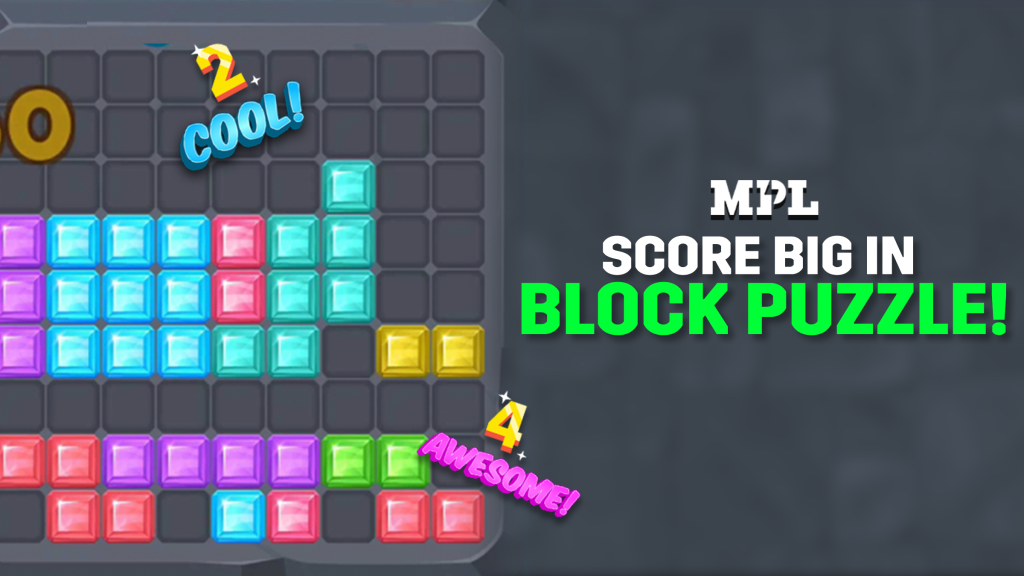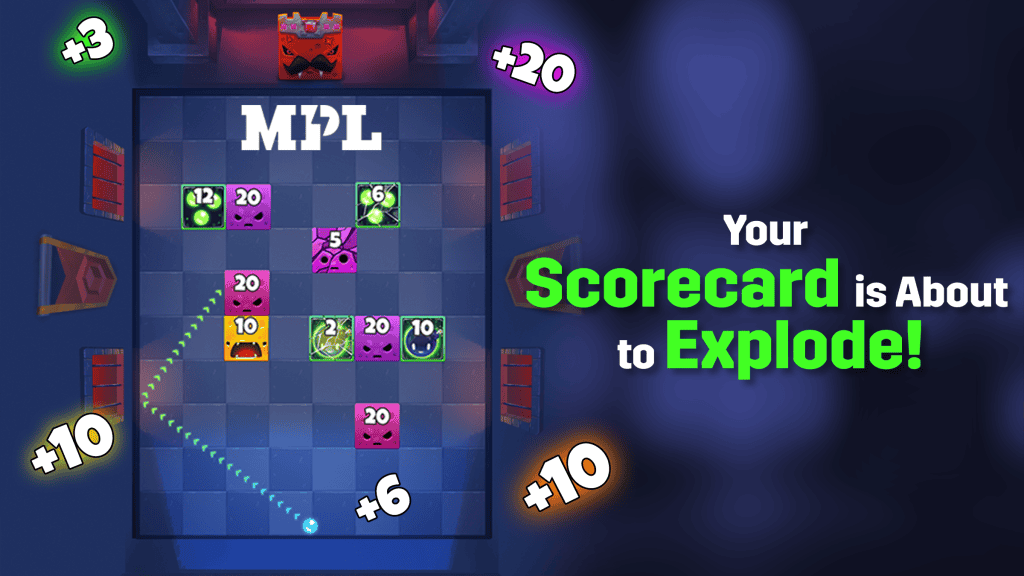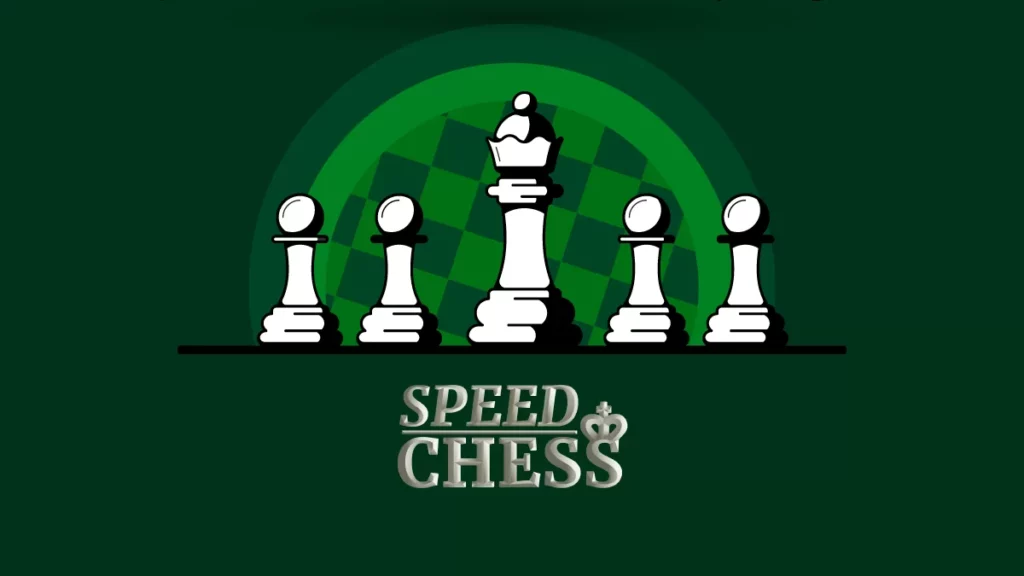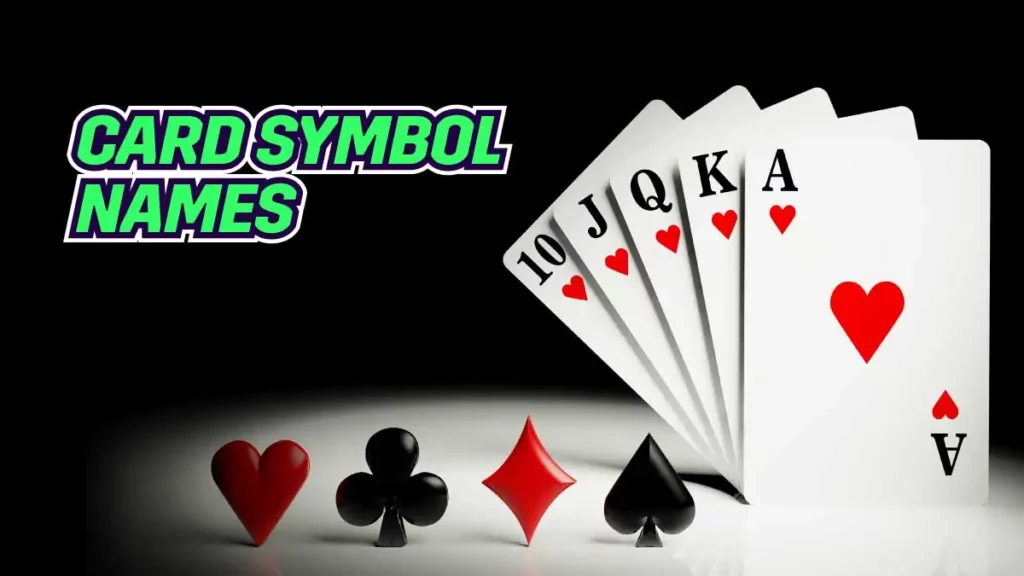Page Contents
ToggleShort Deck Poker, or Six Plus Hold’em, is a high-action format that rewards aggressive, equity-based play. Here’s a quick guide with advanced strategies like overbetting, playing suited connectors, bluff timing, and adjusting preflop ranges to help you have an upper hand. While the Short-Deck poker format isn’t available on MPL, these tactics build transferable skills for Texas Hold’em and Omaha games on the MPL app.
Short-deck poker is a fun alternative to Texas Hold’em poker, offering a lot of action and big hands. Poker pros who play this format wouldn’t take much time to dominate the table using various poker tips and tricks. This guide explores expert-level strategies and tips for Short Deck Poker that can enhance your overall poker skills.
Short Deck Poker at a Glance
- The game uses a 36-card deck (2s to 5s are removed)
- Flush ranks higher than a Full House poker hand in this format
- More high cards and draws are involved in the game
- The hand equity distribution is tighter
Advanced Short-Deck Poker Strategies to Dominate the Table
1. Understand Equity & Draws
Due to the reduced deck size in Short Deck poker, drawing hands become more powerful. This increases the frequency of hitting powerful post-flop hands, thereby shifting the emphasis from top pairs to draw-heavy hands like Flush and Straight.
Key Percentages:
| Draw Type | Odds to Hit by River |
|---|---|
| Flush | ~30% |
| Straight | ~45% |
Quick Tip:
- Multiply outs by 6 on the flop
- Multiply outs by 3 on the turn
For example, if you have eight outs to a straight on the flop, your chance of improving by the river is approximately 48% which is significantly higher than in Texas Hold’em. This means you can chase draws or semi-bluff with stronger drawing equity.
Practical Advice:
- You can semi-bluff frequently with strong draws
- Be willing to apply pressure on turns where your equity justifies continued aggression
- Don’t slow-play strong draws; you should either get value or fold equity early
2. Rethink Hand Strength
In Six-Plus Hold’em, top pairs like AA and KK don’t hold the same dominance. With more face cards in the deck and higher odds of players frequently hitting straights or flushes, top pairs may not always be the best. Here’s why:
- J-10, Q-J, 9-10 suited connect more easily to make straights and flushes
- High card concentration increases the odds of connected hands to hit
- AA is often dominated by multi-way hands or straights
Strategy:
- Play suited connectors aggressively, especially in position
- Avoid overplaying one-pair hands post-flop
3. Advanced Short Deck Moves
Below are some of the advanced moves you must consider:
Overbetting and Stack Pressure
- Overbetting the pot is more common in Short Deck than in Hold’em
- Semi-bluffs with bigger fold equity are easy with Draw-heavy boards
- Apply pressure by overbetting with value and disguised draws
For example: Holding J-T on a 9-8-6 board with two hearts gives you a combo draw. You can consider overbetting to force opponents to fold top pairs or weak two-pairs.
Limping from Early Position
- Unlike Hold’em, open-limping with a variety of hands helps balance your range and set traps.
- You can occasionally limp with premium hands (like AA, AKs) to protect weaker limps.
- Early position limping adds deception, especially in deep stacks.
Bluffing with Equity
- Bluff when your hands have the potential to improve
- Avoid dry, low-equity bluffs unless you hold significant reads
Preflop Range Expansion
- You can broaden your opening ranges, especially in late position
- Prioritize high card combinations and suited connectors, as they can develop into straights
- Avoid opening isolated medium pairs like 88 or 99 without additional draw value
4. Positional Advantage
- Playing in position increases your ability to value bet thin and control the pot size
- Post-flop decisions become easier with late positions
- Makes it easier to control aggression with speculative hands
Short vs Deep Stack:
- Deep stacks: Support limp traps, implied odds, and speculative hands
- Short stacks: Require tighter preflop aggression and simpler postflop lines
- Use stack depth to guide risk-taking: bluff more with backup equity when deep
Useful Short-Deck Poker Tips
Don’t Shy Away From Draws
Owing to a shorter deck and a higher number of face cards in short-deck poker, the players are bound to hit a higher number of draws in the game in comparison to Hold’em. You must make the most of the draws instead of shying away.
For instance, on the flop in Texas Hold’em, you can multiply the number of outs by 4 and by 2 on the river to evaluate the percentage and improve the hand. Whereas, in short-deck poker, you can multiply the number of outs by 6 on the flop and by 3 on the river. So, when you have 10 outs on the flop, there’s a 54.8% chance to improve the hand on the turn and river.
Hitting Flush
As compared to Texas Hold’em, hitting a flush is more difficult in short-deck poker due to fewer cards in the deck. Therefore, hitting that draw with only nine cards of each suit is quite challenging. Also, in the majority of short deck plays, a flush is considered bigger than a full house. Check the house/table rules before you sit in to grind.
For instance, in Hold’em, completing a hand with a flush draw and nine cards left in the deck is easier. However, there are fewer chances of hitting that flush with only five cards in a short deck. The chances at the river are 30% and at the turn are 15% as opposed to 18% in Hold’em. The difference between the two may not seem significant, but it can cost your chip stack while calling the bets for that flush in short-deck.
Focus More on a Straight
Compared to Hold’em, straights are much more common in short-deck poker format because the deck is stripped down. This is an important tip you can use to dominate the short-deck poker table. The straight draws are way more powerful than the flush draws and are more valuable when playing aggressively.
The hand strength of an open-ended straight draw at the flop is also much higher, and the chances of making a straight by the river go all the way up to 45%. So, when you play your straight draws aggressively, you would mostly have equity even in the circumstances when your opponent calls.
Ditch Big Pocket Pairs
The big pocket pairs, such as AA, KK, QQ, and JJ, in short-deck aren’t as powerful as they are in Texas Hold’em due to the premium cards and big draws in the deck. Therefore, ditching the big pocket pairs in short-deck poker is a trick you can include in your skillset and include suited and connecting hands instead.
Connected Hands are Strong
In short-deck poker, the connected hands such as 89, 9Ten, TenJack, or QueenJack are much stronger than in No-Limit Hold’em. 19% of the time, you may flop an open-ended straight draw with a TenJack or 9Ten, 12% of the time with a QueenJack, and 6% with a KingQueen in this format.
Don’t be Afraid to Overbet in Short-Deck Poker
Overbets are quite regular in short-deck poker, and as a poker player, you must not be afraid to overbet. While sizing the bets in Texas Hold ’em is done according to the pot, and not many players make huge bets bigger than the pot, overbetting is quite normal and recommended in short-deck poker. The poker novices will be fascinated by the number of premium hands they get in six-plus hold ’em.
If you flop a big hand in short-deck, the best way to protect it is by betting big or overbetting the pot. You must also determine if your opponent is sticky or has a big draw before deciding to overbet. You can also use this trick even to bet big with your big draws and pressurize your opponents because even if they call, you would still have the equity of great hands.
Hand Equities Run Much Closer
In comparison to NLH, the hand equities run much closer in six-plus hold’em, because of which only a few hands are considered as premium hands. For instance, getting in with KK instead of an AK will not be as good as in NLH. In fact, the pocket kings are preferred by only 10% against any AK and by 6% against suited AKs because aces make frequent appearances on the river. This also changes the whole approach to the game as you will find yourself making more straights than on NLH.
Feel Free to Open-limp with a variety of hands
In six-plus hold’em you can take the liberty to open-limp with many more hands than in the classic Hold’em game. You can limp with the entire range from the initial stages to make the game more profitable.
This is because only aces, kings, and AKs are the premium hands in short-deck, and balancing the best hands with weaker ones becomes difficult, leaving open-limping a viable option.
If you raise from the initial stages with non-premium hands, you are more likely to run into a better hand as opposed to becoming too predictable while raising premiums.
What you can learn from MPL Poker games
Even though Short Deck isn’t available on MPL, it builds:
- Confidence in equity-driven decisions
- Aggressive play with strong draws
- Bluff recognition and timing
These are invaluable when you play Texas Hold’em or Omaha on the MPL platform.
Key Takeaways
- Aggressively play your draws
- Rethink traditional big hands like connectors and suited cards
- Use overbets and position to pressurize opponents into folding
- Expand your preflop ranges thoughtfully
FAQs
Is Short Deck Poker available on MPL?
No. While Short-Deck Poker is unavailable on MPL, you can play its fun alternative, Texas Hold’em poker, on the MPL app. The app also offers variants of Omaha poker.
Can I use Short Deck strategies in other formats?
Absolutely. The strategies of aggressive play, draw equity, and flexible hand ranges can also be used in other poker formats like Hold’em and Omaha on MPL.
What makes Short Deck different from Hold’em?
The major difference between the two is that Short-Deck poker uses a 36-card deck, with minor changes in hand rankings (Flush > Full House), and increased draw frequency.
Why are suited connectors stronger in Short Deck?
With fewer cards owing to a shorter deck, the odds of drawing straights increase. Therefore, the value of suited connectors becomes stronger in this poker variant.
Disclaimer: Short Deck Poker is not currently offered on the MPL app. This article is intended for educational purposes to help players explore advanced poker strategies and enhance their understanding of variant formats.

